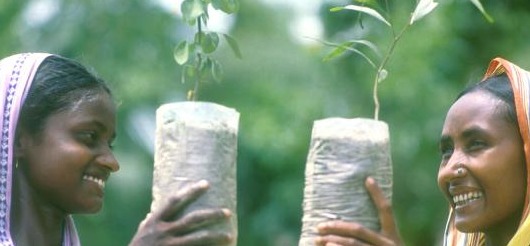The term forest reproductive material, or FRM, encompasses seeds, plant parts (e.g. cuttings and scions) and plants raised by means of seeds or parts of plants including plants propagated in vitro. Knowledge of FRM – such as genetic and morphologic variation, reproductive biology, seed biology and storage, and plant propagation (by seed or vegetative means) – is essential for sustainable forest management in both natural and planted forests. In planted forests, for example, an adequate knowledge of these aspects will help ensure the use of appropriate techniques in seed source selection; seed collection, testing and storage; seedling production; and matching FRM with the environmental conditions of a planting site.
It is vital that adequate FRM management systems are in place for afforestation, reforestation and forest restoration projects. Such systems will involve a range of stakeholders, such as national tree seed centres and policymakers; private-sector bodies of various sizes, such as seed companies, seed dealers and tree nursery enterprises; local communities; and managers of forestation programmes and projects.
The management of FRM involves, among other things:
- the identification of appropriate species, provenances and individuals as sources of FRM;
- FRM collection and procurement;
- FRM handling and storage; and
- seedling production and transport.



